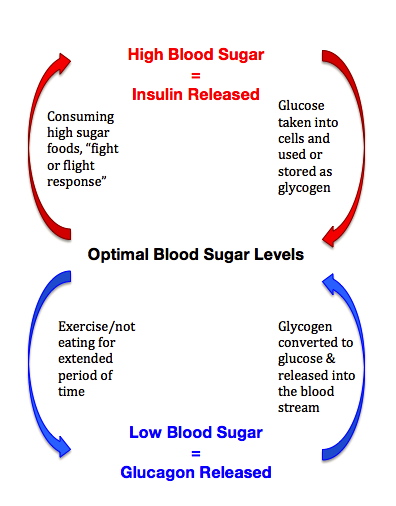

This is caused by a phase shift around any loop. However, negative feedback systems can still be subject to oscillations. Both positive and negative feedback require a feedback loop to operate. Any system in which there is positive feedback together with a gain greater than one will result in a runaway situation. In contrast, positive feedback is feedback in which the system responds so as to increase the magnitude of any particular perturbation, resulting in amplification of the original signal instead of stabilization. In a psychology context, on the other hand, negative refers to the valence of the feedback – attractive versus aversive, or praise versus criticism. Some authors, in particular with respect to modelling business systems, use negative to refer to the reduction in difference between the desired and actual behavior of a system. In multivariate systems, vectors help to illustrate how several influences can both partially complement and partially oppose each other. In delta notation, −Δoutput is added to or mixed into the input. In control theory, negative refers to the sign of the multiplier in mathematical models for feedback.

In engineering, mathematics and the physical, and biological sciences, common terms for the points around which the system gravitates include: attractors, stable states, eigenstates/eigenfunctions, equilibrium points, and setpoints. In biology, this process (in general, biochemical) is often referred to as homeostasis whereas in mechanics, the more common term is equilibrium. If one or both of these opposing influences are non-linear, equilibrium point(s) result. For example, in biochemistry, one set of chemicals drives the system in a given direction, whereas another set of chemicals drives it in an opposing direction. In many physical and biological systems, qualitatively different influences can oppose each other. General description Feedback loops in the human body The sinusoidal line represents the blood glucose level. The flat line shown represents the homeostatic set point. When the blood glucose level is too high, the pancreas secretes insulin and when the level is too low, the pancreas then secretes glucagon. One such feedback system is the interaction between solar radiation, cloud cover, and planet temperature.īlood glucose levels are maintained at a constant level in the body by a negative feedback mechanism. Negative feedback loops also play an integral role in maintaining the atmospheric balance in various systems on Earth. General negative feedback systems are studied in control systems engineering. Negative feedback is widely used in mechanical and electronic engineering, and also within living organisms, and can be seen in many other fields from chemistry and economics to physical systems such as the climate. Negative feedback loops in which just the right amount of correction is applied with optimum timing can be very stable, accurate, and responsive.

Negative feedback tends to promote a settling to equilibrium, and reduces the effects of perturbations. Whereas positive feedback tends to lead to instability via exponential growth, oscillation or chaotic behavior, negative feedback generally promotes stability. Negative feedback (or balancing feedback) occurs when some function of the output of a system, process, or mechanism is fed back in a manner that tends to reduce the fluctuations in the output, whether caused by changes in the input or by other disturbances. The feedback is negative if the loop gain AB is negative. A simple negative feedback system descriptive, for example, of some electronic amplifiers. For use of criticism and punishment to modify behavior, see performance appraisal and reinforcement.


 0 kommentar(er)
0 kommentar(er)
